Ground Cover
Created in collaboration with Oana Frentiu (Doda Natural)cover me softly, the 2024 Beta City Biennial/Timișoara Architecture Biennial curated by Oana Stănescu
Grasslands evidence cultural and legal concepts of utility. In Romania, medicinal plants have long grown interspersed in agricultural crops and hay meadows, serving as foraged remedies for ailments for centuries. Brewed, crushed, or dried, plants we might now call weeds were—and continue to be—applied medicinally, provided you know how to identify and use them. The practices of identifying, collecting, and making use of plants, however, shift dramatically over time. For example, while plants recorded in a doctor’s 19th century herbaria vivum—a book of local pressed plants—may have had applied medicinal uses at the time, the same plants (and others) must be removed according to contemporary stipulations of the EU’s Common Agricultural policy despite their ongoing ethnobotanical value. To that end, a field is a living record of how the ground is understood as useful.
The installation explored interplay of what sociocultural and legal norms “cover” the ground using plants captured in many media: processed, dried, and digital. In a landscape of industrially and traditionally harvested hay, viewers were invited to touch and smell cosmetics created from foraged plants using traditional recipes by Oana Frentiu of Doda Natural. Viewers were encouraged to reflect on ways that plants are processed and experience the landscape sensorially through their use as naturally derived cosmetics. The video installation by Sonia Sobrino Ralston placed the viewer on a walk through cultivated fields: from wild meadows containing 19th century medicinal plants and native species, to agricultural monocrops with weeds growing spontaneously in between, the viewer is immersed in a changing landscape. Featuring high-fidelity digital botanical models and herbarium sheets, the animations urge viewers to consider how practices of cultivating and documenting plants in archival and legal documents shape our knowledge of the natural world, and ultimately what is perceived as useful.
Thank you to Oana Frentiu, the curatorial team (Oana Stănescu, Chase Galis, and Simina Marin), and the organizers and team at Beta City. The exhibition as a whole was featured in KoozArch including a section on Ground Cover.
The plant list is derived from research by Elena Grosu and Mihael Cristin Ichim on the EU Common Agricultural Policy “Turning Meadow Weeds Into Valuable Species for the Romanian Ethnomedicine While Complying With the Environmentally Friendly Farming Requirements of the European Union’s Common Agricultural Policy,” (2020), and Ghizela Vonica and Aurelia Horotan’s “Herbarium Vivum: A historical collection of medicinal plants from the Natural History Museum (Sibiu, Romania),” on Joseph Oberth’s 1839 herbarium vivum.
Created in collaboration with Oana Frentiu (Doda Natural)cover me softly, the 2024 Beta City Biennial/Timișoara Architecture Biennial curated by Oana Stănescu
Grasslands evidence cultural and legal concepts of utility. In Romania, medicinal plants have long grown interspersed in agricultural crops and hay meadows, serving as foraged remedies for ailments for centuries. Brewed, crushed, or dried, plants we might now call weeds were—and continue to be—applied medicinally, provided you know how to identify and use them. The practices of identifying, collecting, and making use of plants, however, shift dramatically over time. For example, while plants recorded in a doctor’s 19th century herbaria vivum—a book of local pressed plants—may have had applied medicinal uses at the time, the same plants (and others) must be removed according to contemporary stipulations of the EU’s Common Agricultural policy despite their ongoing ethnobotanical value. To that end, a field is a living record of how the ground is understood as useful.
The installation explored interplay of what sociocultural and legal norms “cover” the ground using plants captured in many media: processed, dried, and digital. In a landscape of industrially and traditionally harvested hay, viewers were invited to touch and smell cosmetics created from foraged plants using traditional recipes by Oana Frentiu of Doda Natural. Viewers were encouraged to reflect on ways that plants are processed and experience the landscape sensorially through their use as naturally derived cosmetics. The video installation by Sonia Sobrino Ralston placed the viewer on a walk through cultivated fields: from wild meadows containing 19th century medicinal plants and native species, to agricultural monocrops with weeds growing spontaneously in between, the viewer is immersed in a changing landscape. Featuring high-fidelity digital botanical models and herbarium sheets, the animations urge viewers to consider how practices of cultivating and documenting plants in archival and legal documents shape our knowledge of the natural world, and ultimately what is perceived as useful.
Thank you to Oana Frentiu, the curatorial team (Oana Stănescu, Chase Galis, and Simina Marin), and the organizers and team at Beta City. The exhibition as a whole was featured in KoozArch including a section on Ground Cover.
The plant list is derived from research by Elena Grosu and Mihael Cristin Ichim on the EU Common Agricultural Policy “Turning Meadow Weeds Into Valuable Species for the Romanian Ethnomedicine While Complying With the Environmentally Friendly Farming Requirements of the European Union’s Common Agricultural Policy,” (2020), and Ghizela Vonica and Aurelia Horotan’s “Herbarium Vivum: A historical collection of medicinal plants from the Natural History Museum (Sibiu, Romania),” on Joseph Oberth’s 1839 herbarium vivum.


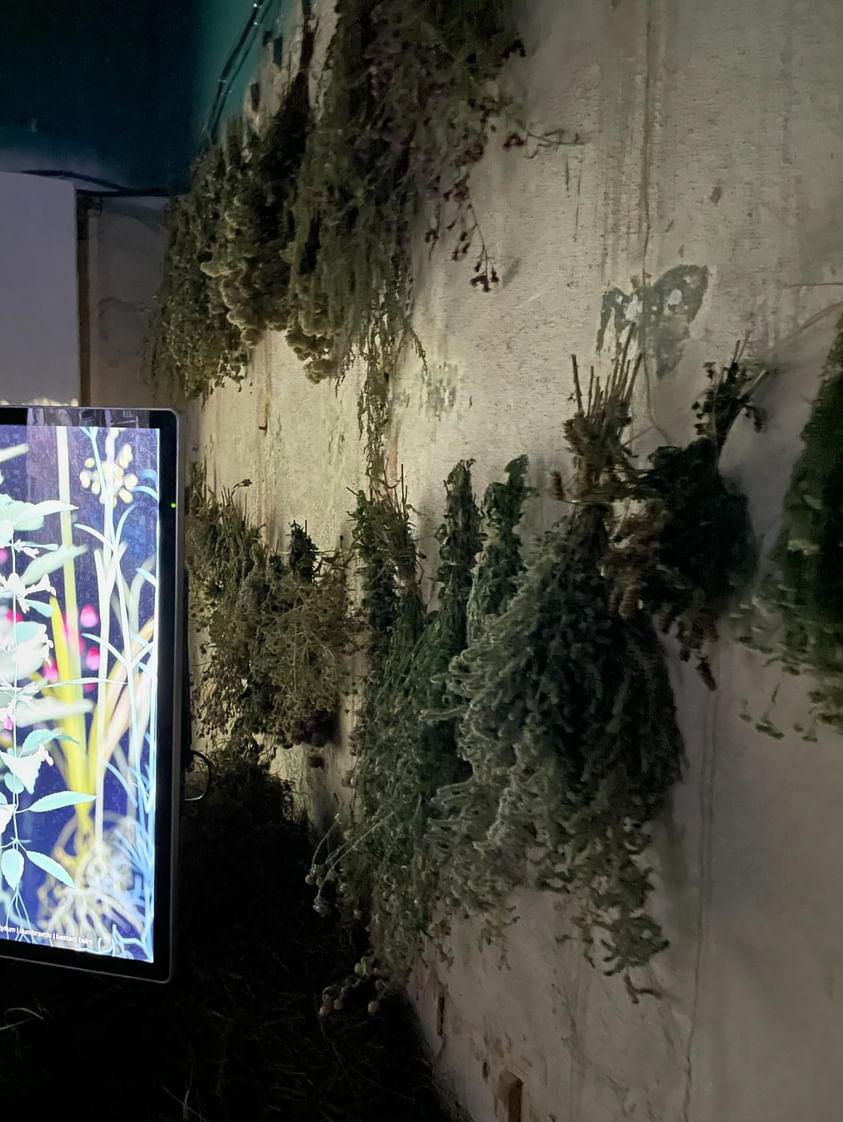
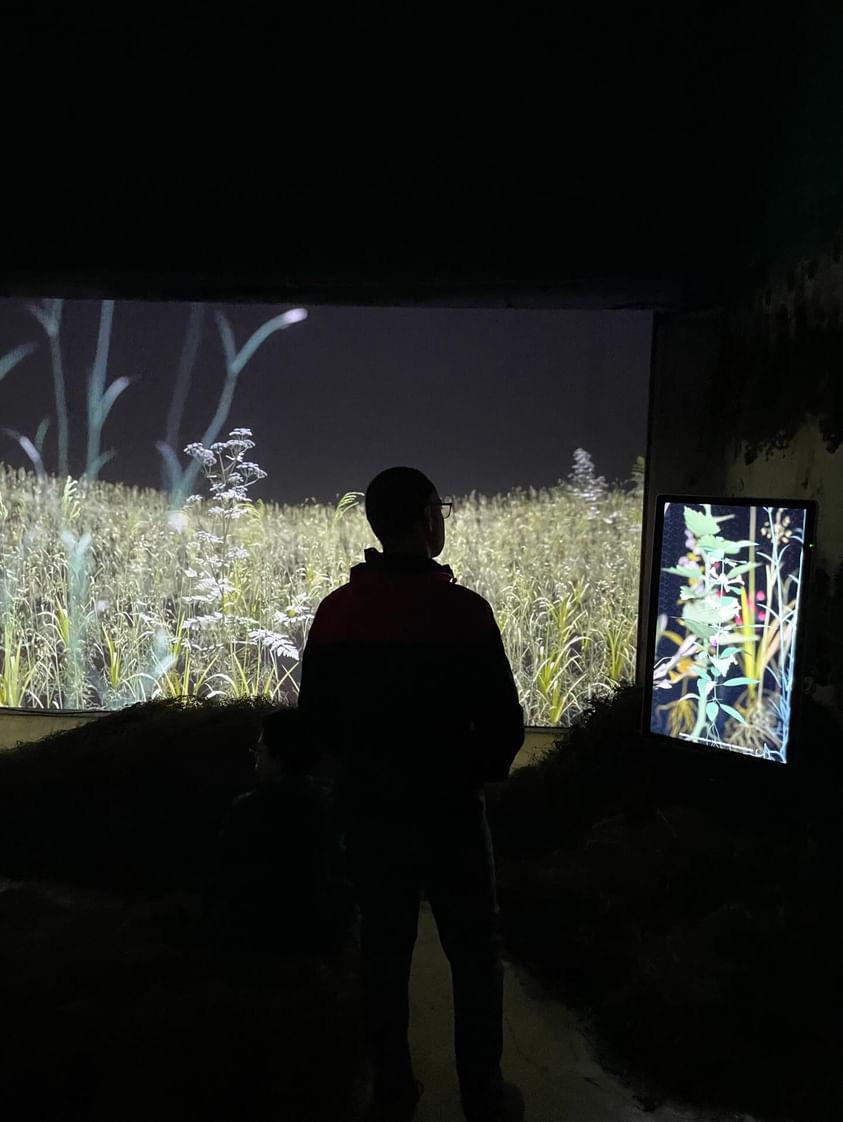
Digital walk through fields demonstrating differences in land use.
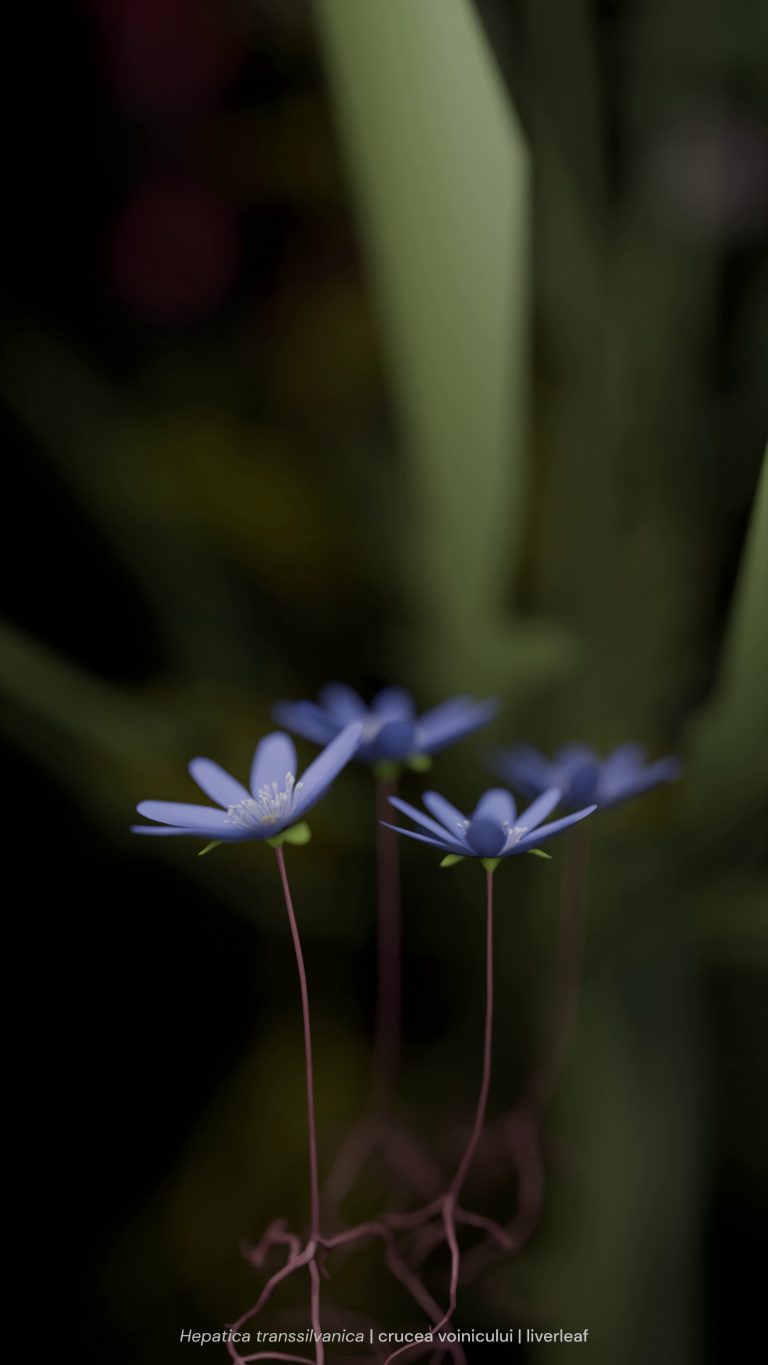
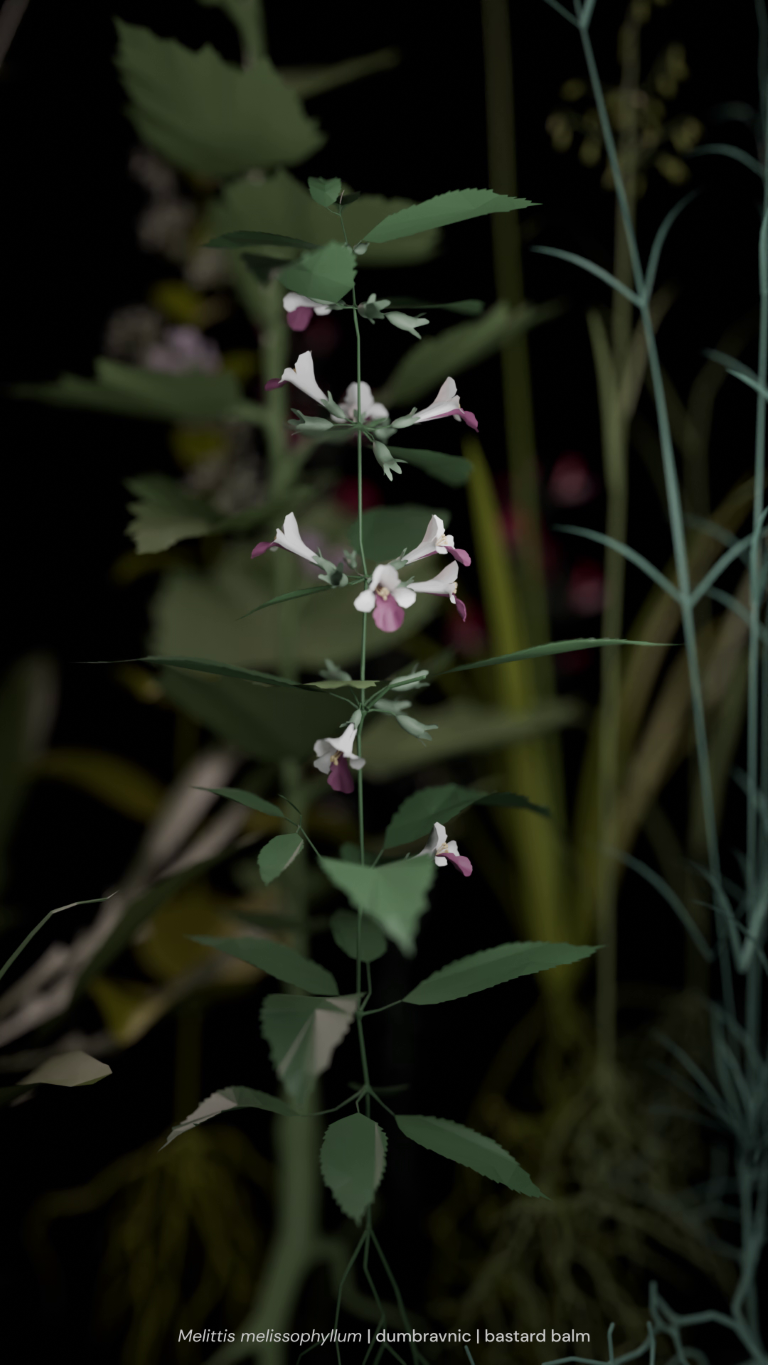







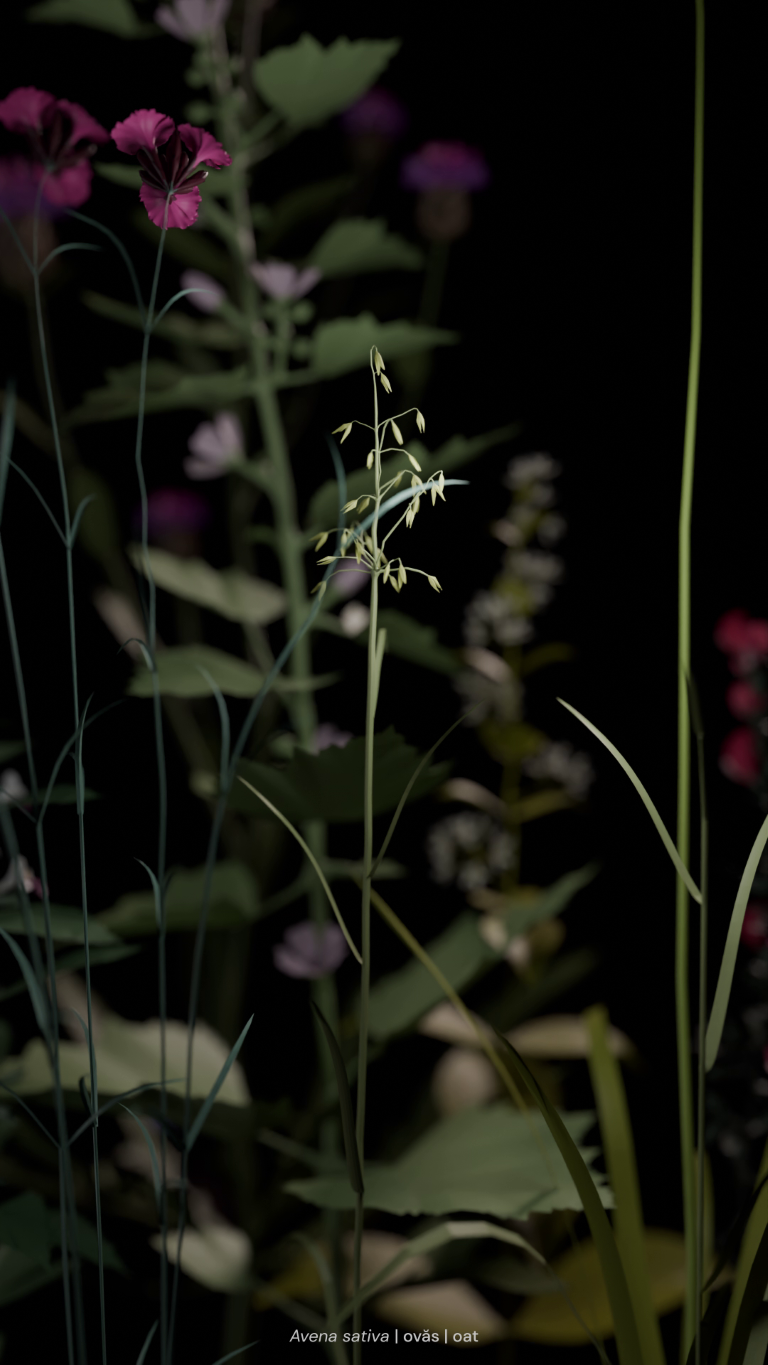

Endemic plant species, derived from plant lists from 19th century herbaria vivium.




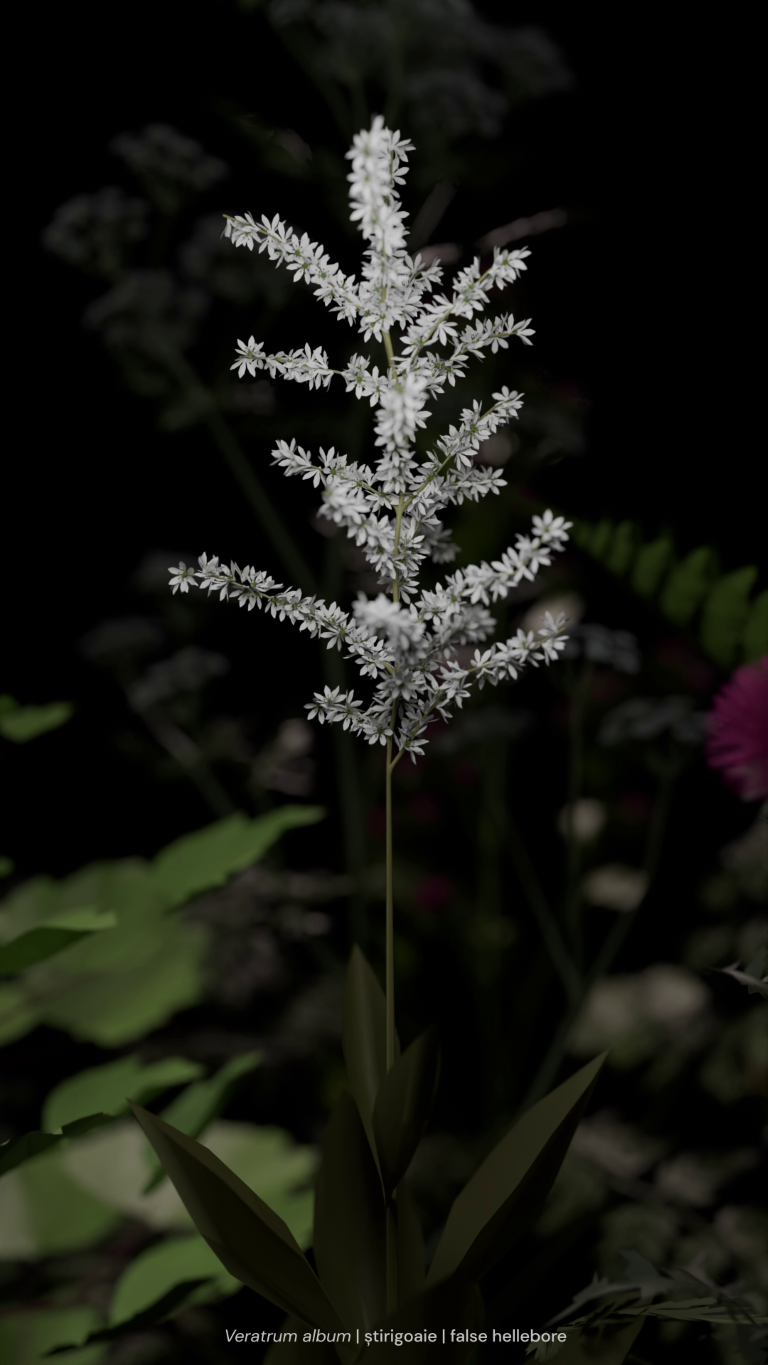
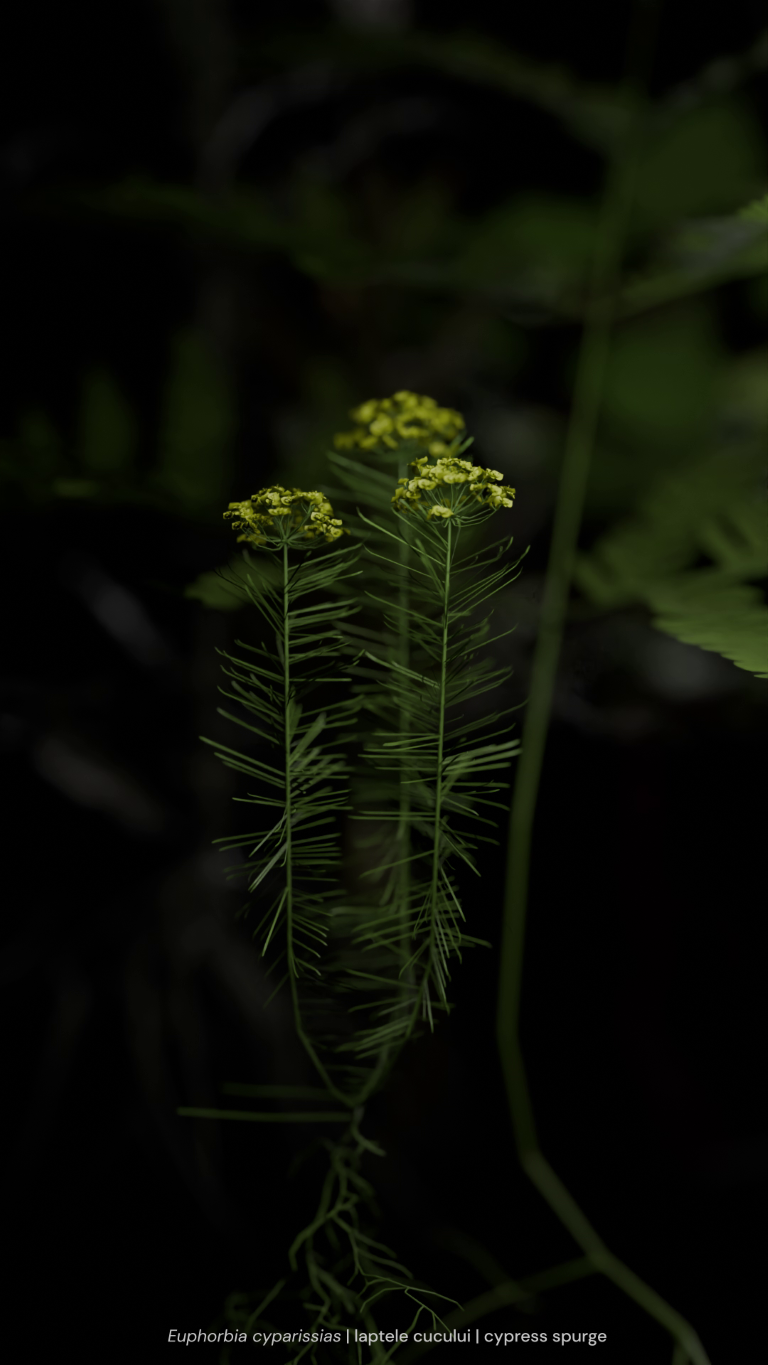
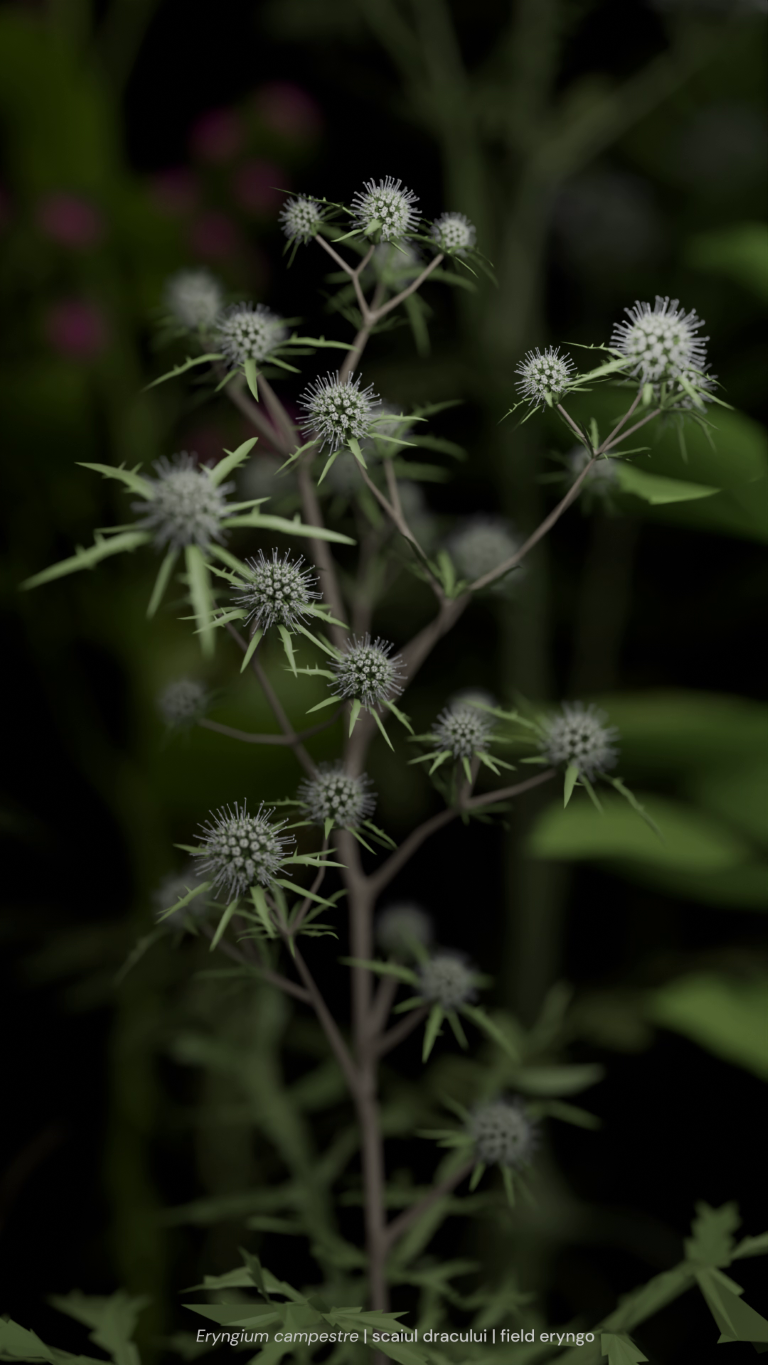

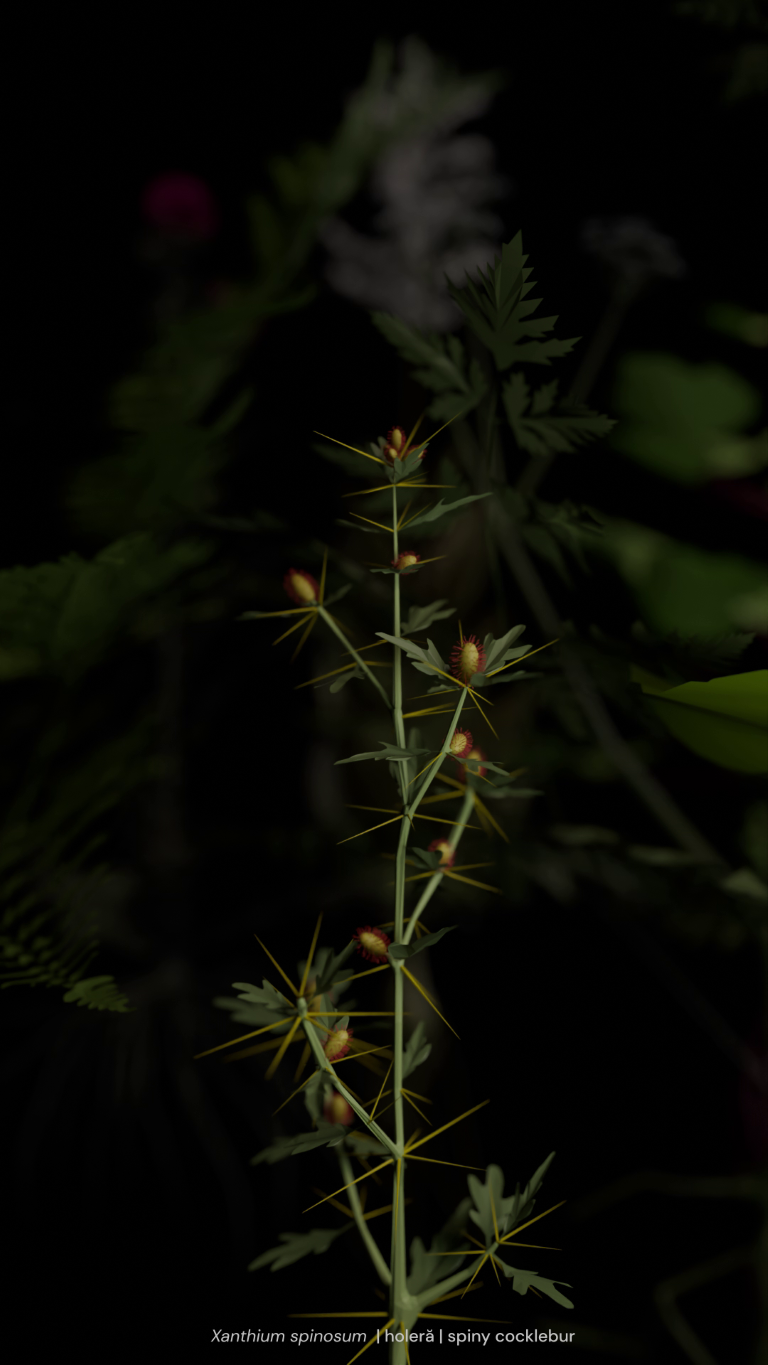


Plants denoted for removal by the EU. Many of these plants are considered to be weeds, but have medicinal applications in traditional Romanian recipes.